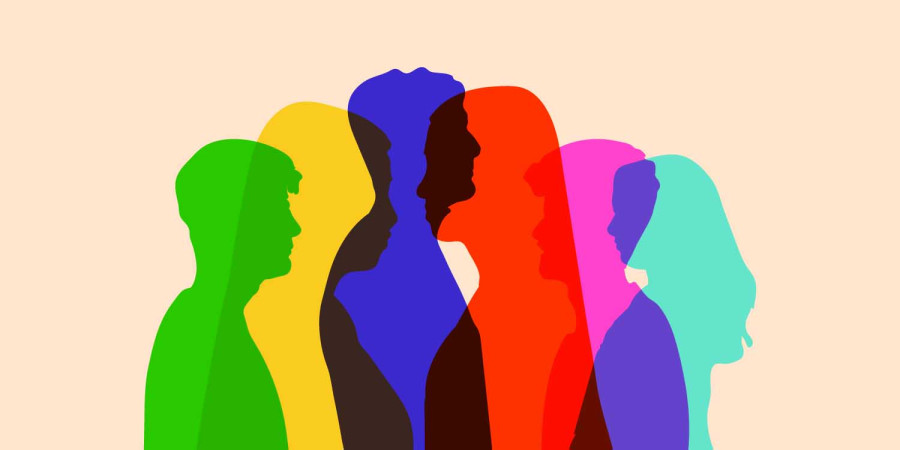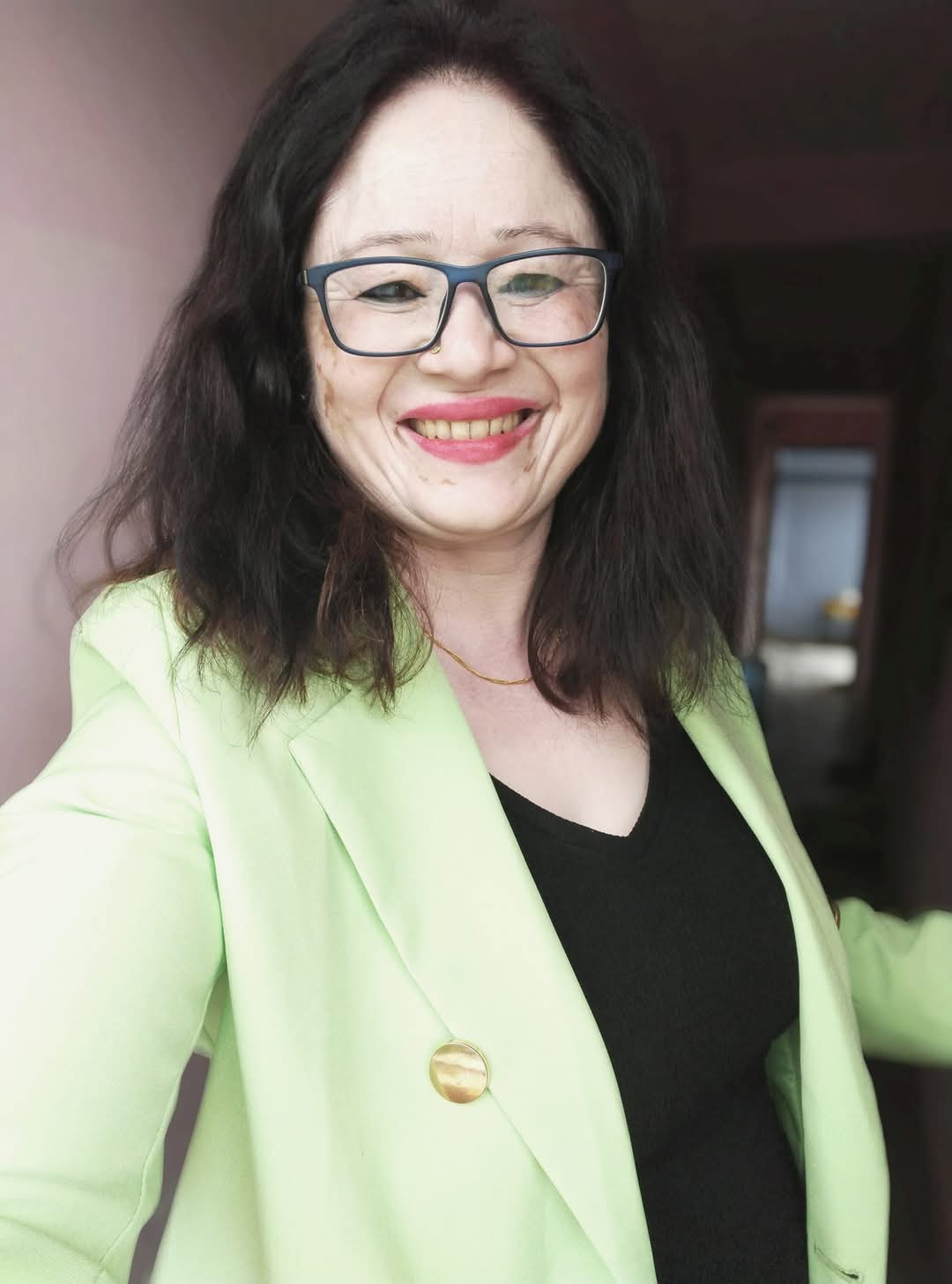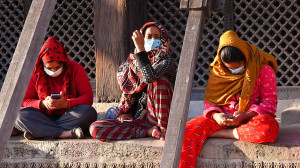Culture & Lifestyle
Mental health: Through a cultural lens
How Nepal’s social norms and cultural beliefs shape perceptions of mental health.
Skanda Swar
In Nepal, mental health is a topic between silence and slow acceptance. At the same time, we have seen growth in public awareness in recent years. Many individuals, especially those in middle age, struggle to reconcile cultural expectations with emotional well-being.
Psychologist and mental health advocate Rama Karki shares insight on how Nepal’s social culture plays a role in mental health understanding, stigma, and care-seeking behaviour.
How is mental health perceived in Nepali culture?
In my experience, Nepali society is divided into two main groups as it pertains to mental health. One group that doesn’t recognise it at all sees it as a foreign issue, showing low awareness.
The other is a growing group of people who are engaging with the idea of mental health, seeking therapy, but haven’t fully grasped that mental health is a long-term concern that impacts quality of life.
Over the years, while working with both groups, I have seen change. People are beginning to see that good mental health is not a luxury; it’s essential.

What misconceptions about mental illness have you seen?
In Nepal, mental health issues are poorly diagnosed; symptoms such as irritability and withdrawal are often seen as personal flaws rather than indicators of mental illness.
Also, we tend to deal with serious cases, mainly crime-based, by punishment, which does not help the psychological issues at hand. As a society, we still have a narrow view when we look at mental health, we ignore everyday struggles like stress and mood swings.
While some schools are training staff to recognise warning signs, and we are seeing the rise of new digital tools for support, post-diagnosis support is still very limited. We have rehabilitation centres that rely on non-professional peer counsellors, which calls for a more comprehensive care team that should include psychologists, psychiatrists, and therapists to ensure proper recovery.
How do men and women interact with mental health differently in Nepal?
There is a large gender gap in mental health awareness. Women are more likely to talk about what they are going through; however, taking the step forward is difficult due to a lack of medical insurance and proper healthcare.
Men, on the other hand, tend to suppress their emotions, which leads to issues like substance abuse or negative coping mechanisms. Elderly mental health is a large issue, which is ignored, with loneliness and depression seen as a normal part of ageing. However, we see younger people do better in this regard, while middle-aged people are only now beginning to speak up.
How do community and family pressures affect people’s willingness to seek help?
Community expectations and family reputation still weigh heavily, especially in lower-income households. Where there’s poverty, access to mental health care becomes even more complicated. There’s no proper health insurance system, and many can’t afford the medications or therapy they need. So they suppress their problems and carry on.
In contrast, people from more economically stable backgrounds have started embracing therapy and counselling services. The disparity underscores the need to make mental health care more accessible, affordable, and tailored for all income groups.
What role does religion or spirituality play in how people cope?
Spirituality is deeply embedded in Nepali culture, especially among the middle-aged. In our practice, we’ve found that ignoring this part of a person’s belief system only creates resistance.
Instead, we encourage them to integrate their faith with mental health care. If someone believes in spiritual healing, we support that, while also helping them understand the scientific and emotional aspects of their condition. A culturally sensitive approach leads to better outcomes.
How do people typically react when someone speaks openly about mental health?
When people open up, others often start to reflect on their own experiences. I’ve seen individuals realise their unaddressed issues just by listening to someone else’s story. In the interventions I lead, I make sure mental health is not treated in isolation but integrated into the person’s daily life, whether that’s through work, parenting, or social interactions.
How do parents react to talks about their kids’ mental health?
Parents—especially teens—report that their kids don’t open up to them. But I argue that parenting today is a different ball game. Kids are exposed to more, they are more open about what they are going through, and they seek to be heard. Schools have to put in place strong mental health policies to support this outcome, for if we raise kids with good mental health practices, we are raising resilient adults.
What role does the media play in the mental health discussion in Nepal?
Media, mainly social media, have played a large role. It has brought awareness to mental health issues across all age groups. Many have come to terms with the fact that you don’t have to be at the end of the spectrum to require help.
At the same time, the overabundance of unverified information can also cause confusion. We need responsible mental health reporting and digital literacy.
What would you say to someone struggling but afraid to speak up?
You don’t have to go through it alone. Reaching out is not a sign of weakness but a step towards a whole life. Through professionals or community support, you can become better. We aim to see people enter life with a renewed sense of purpose. A diagnosis is not the end of the road; it is the beginning of recovery.
What has Nepal done thus far, and what more can be done?
We need to educate children about mental health in school from a young age. Rehabilitation homes must also follow ethical practices and have professionals as part of their model. We need a body to monitor and report rehabilitation homes to ensure they are running ethically. In maternal health, each gynaecologist should ideally work alongside a counsellor.
When we work together across sectors—education, health care, and policy—we can make mental health a priority for all, not just a privilege for a few.




 9.12°C Kathmandu
9.12°C Kathmandu













%20(1).jpg&w=300&height=200)

